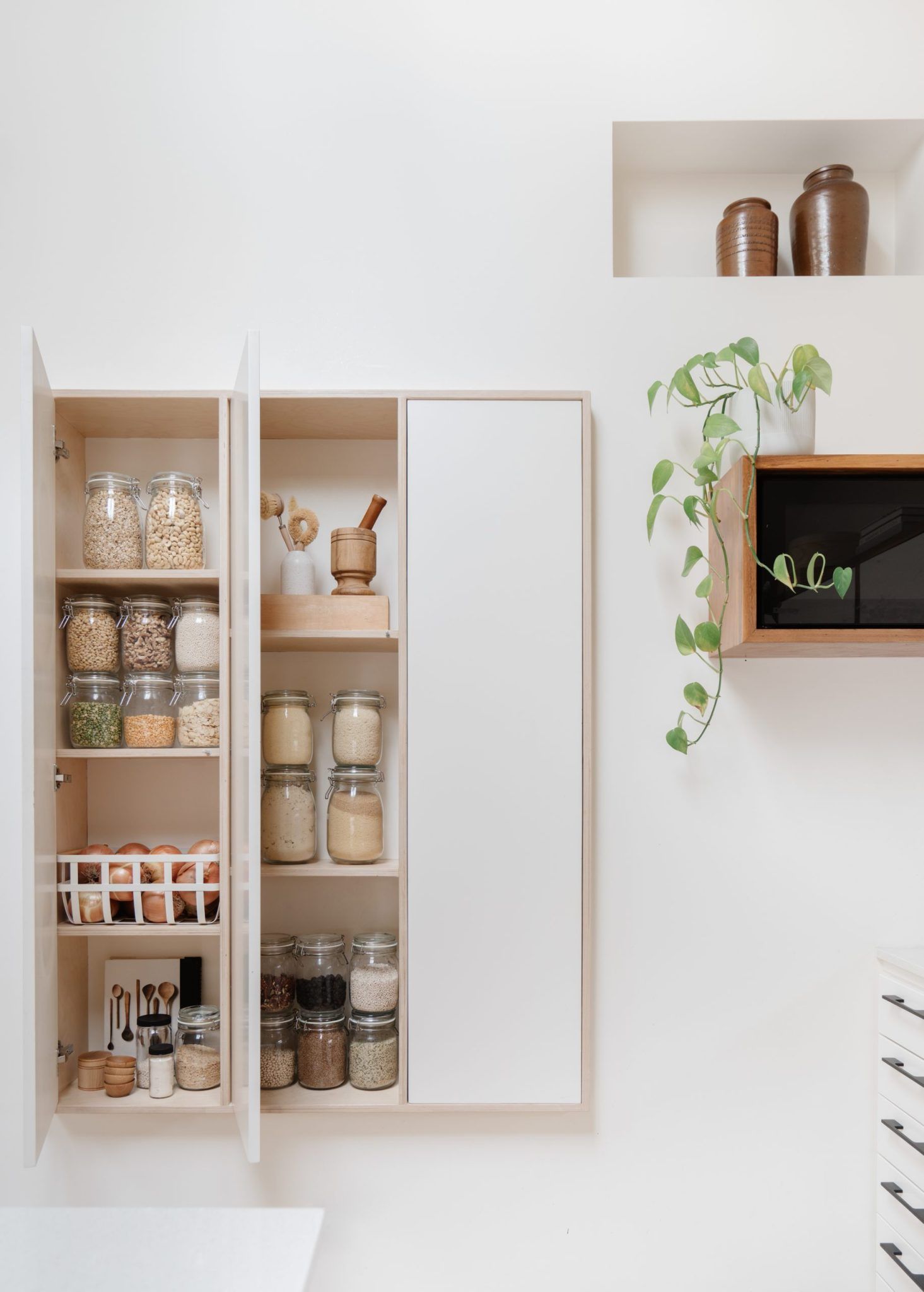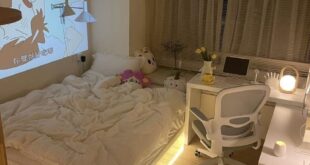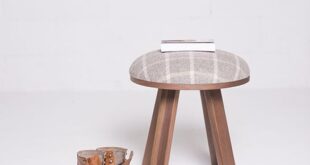
When it comes to creating an eco-friendly interior design, there are numerous ideas and techniques that can be implemented to reduce the impact on the environment. One popular option is to use sustainable materials such as bamboo flooring, cork, reclaimed wood, or recycled glass for furniture, countertops, and flooring. These materials not only look great but also help to conserve natural resources. Another eco-friendly idea is to incorporate energy-efficient lighting solutions such as LED bulbs or natural light sources like skylights to reduce electricity usage. Additionally, incorporating indoor plants can help purify the air and create a more refreshing and healthier indoor atmosphere. Utilizing low-VOC (volatile organic compounds) paints and finishes also promotes a healthier indoor air quality. Additionally, opting for vintage or second-hand furniture pieces can help reduce waste and promote a more sustainable lifestyle. By incorporating these interior eco-friendly ideas, you can create a stylish and environmentally conscious living space that benefits both you and the planet.
Creating an eco-friendly interior doesn’t have to be a daunting task. There are plenty of sustainable design ideas that can help reduce your carbon footprint and create a healthier living environment. One eco-friendly idea is to incorporate energy-efficient lighting throughout your space. LED bulbs use less energy than traditional incandescent bulbs and last much longer, reducing both energy consumption and waste. Additionally, investing in natural materials such as bamboo flooring or reclaimed wood furniture can help reduce the impact on the environment.
Another way to make your interior more eco-friendly is by using low-VOC (volatile organic compounds) paints and finishes. These products release fewer harmful chemicals into the air, improving indoor air quality and reducing the health risks associated with traditional paints. Additionally, choosing furniture and textiles made from organic or recycled materials can help reduce waste and support sustainable manufacturing practices. Another idea is to incorporate indoor plants into your design. Not only do plants help purify the air, but they also add a touch of nature to your space, creating a calming and inviting atmosphere.
Incorporating sustainable design elements into your interior can have a positive impact on both the environment and your overall well-being. By making small changes, such as switching to energy-efficient lighting or choosing natural materials, you can create a space that is not only stylish but also eco-friendly. With a little creativity and a commitment to sustainability, you can transform your interior into a space that is both beautiful and environmentally conscious. Let’s strive for a greener future, one interior design choice at a time.
 home decor trends
home decor trends



